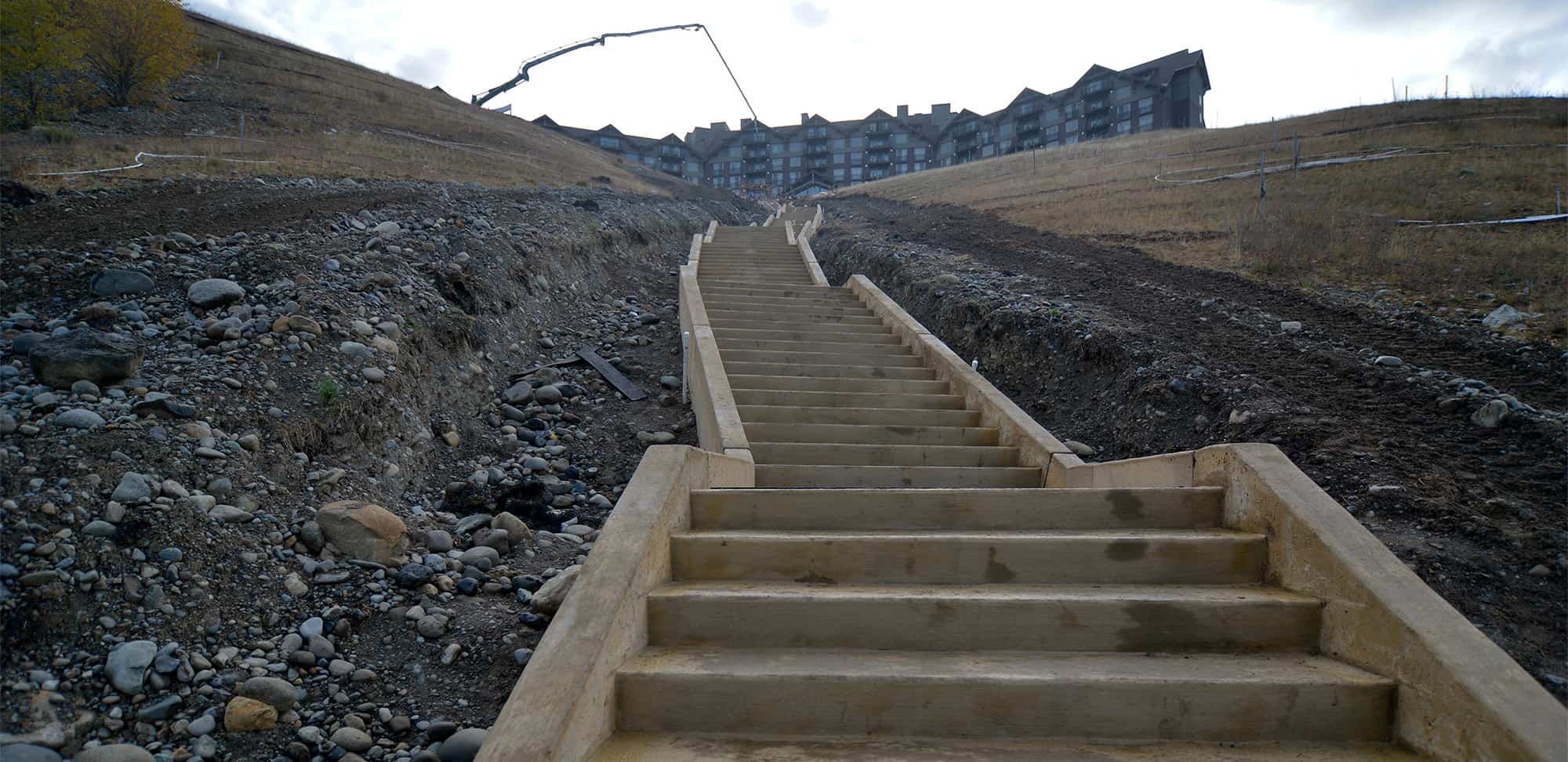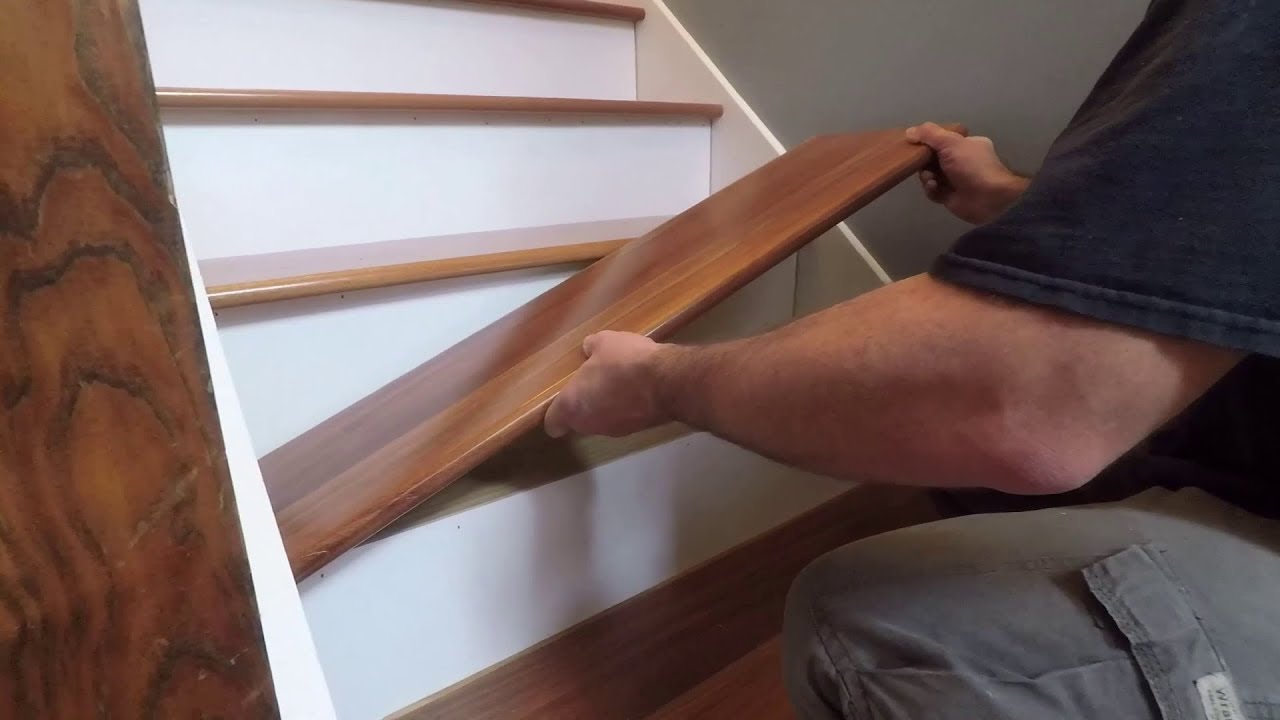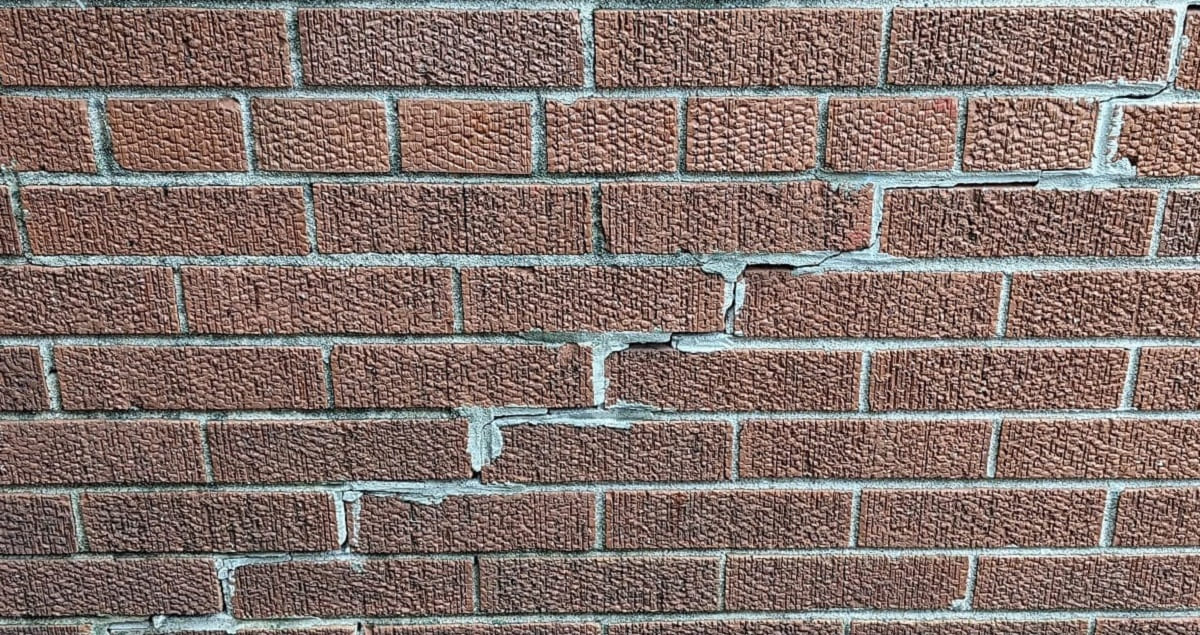

Articles
How Many Flights Of Stairs Is 1000 Steps
Modified: January 8, 2024
Discover how many flights of stairs are equivalent to 1,000 steps in this informative article. Gain insights on steps vs. stairs and their impact on your fitness journey.
(Many of the links in this article redirect to a specific reviewed product. Your purchase of these products through affiliate links helps to generate commission for Storables.com, at no extra cost. Learn more)
Introduction
When it comes to maintaining a healthy lifestyle, incorporating physical activity into our daily routine is essential. One popular form of exercise that requires no fancy equipment is climbing stairs. Climbing stairs not only helps to improve cardiovascular fitness but also tones leg muscles and burns calories.
But have you ever wondered how many flights of stairs it would take to reach a certain number of steps? For instance, how many flights of stairs are equivalent to 1,000 steps? Understanding the relationship between steps and stairs can help you set goals and track your progress effectively.
In this article, we will explore the calculation behind the number of steps in a flight of stairs and determine how many flights of stairs equal 1,000 steps. We will also discuss various factors that can affect this comparison and delve into the benefits of climbing stairs and taking more steps.
So, let’s embark on a journey to understand the correlation between steps and stairs and discover the impact it can have on our health and fitness!
Key Takeaways:
- Climbing 100 flights of stairs is roughly equivalent to taking 1,000 steps, providing a tangible goal for fitness enthusiasts. Factors like riser height and individual ability can impact this correlation.
- Incorporating stair climbing into your routine offers numerous health benefits, including improved cardiovascular fitness, weight management, and enhanced muscle strength. It’s a convenient and accessible form of exercise for all ages.
Read more: How Many Steps Are A Flight Of Stairs
Understanding the Relationship between Steps and Stairs
Before we dive into calculating the number of steps in a flight of stairs and determining the equivalent of 1,000 steps, let’s first understand the relationship between steps and stairs.
In most cases, each flight of stairs consists of multiple steps that take you from one level to another. These steps can vary in size, including the height, also known as the riser, and the depth, known as the tread. The number of steps in a flight of stairs can vary depending on the design and structure of the staircase.
Typically, residential stairs have a riser height of around 7 to 8 inches and a tread depth of about 10 to 11 inches. However, commercial or public stairs might have different dimensions based on building codes and accessibility guidelines.
It’s important to note that certain types of stairs, such as spiral stairs or those with irregular dimensions, may not follow the standard measurements mentioned above. In such cases, the number of steps can vary significantly.
Furthermore, the number of steps in a flight of stairs can also be affected by the presence of landings or platforms in between. These intermediate landings provide a resting point and can split the total number of steps into multiple smaller sections.
Now that we have a basic understanding of the relationship between steps and stairs, let’s move on to calculating the number of steps in a flight of stairs.
Calculating the Number of Steps in a Flight of Stairs
To calculate the number of steps in a flight of stairs, you need to consider the total vertical height that needs to be covered. This height is determined by measuring the distance from the starting point on one level to the ending point on the next level.
First, measure the vertical height of the flight of stairs from the bottom to the top. This can be done using a measuring tape or a ruler. Make sure to measure from the very bottom of the first step to the top landing point.
Next, determine the desired height for each individual step, also known as the riser height. The typical range for residential stairs is between 7 and 8 inches. Choose a riser height that is comfortable for you and aligns with local building codes.
To find the number of steps, divide the total vertical height by the desired riser height. For example, if the flight of stairs measures 84 inches in height and you choose a riser height of 7 inches, the calculation would be: 84 inches / 7 inches = 12 steps.
Keep in mind that the total number of steps may be slightly different due to variations in the actual riser height of each step. It’s important to take into account any variations that may exist in the staircase’s design or construction.
In addition, consider the presence of landings or platforms in the flight of stairs. These can divide the total number of steps into multiple sections. Each section will have its own set of steps, and you can count them separately to determine the overall number of steps in the flight of stairs.
By understanding how to calculate the number of steps in a flight of stairs, you can gain a better understanding of the physical challenge involved in climbing stairs and achieve your fitness goals more effectively.
Determining How Many Flights of Stairs Equal 1,000 Steps
Now that we have an understanding of how to calculate the number of steps in a flight of stairs, let’s explore how many flights of stairs are equal to 1,000 steps.
Calculating the exact number of flights of stairs that equal 1,000 steps can vary depending on the height of each flight of stairs and the number of steps in each flight. However, as a rough estimate, we can make an assumption based on average measurements.
On average, a flight of stairs consists of approximately 10 to 12 steps. For the purpose of this calculation, let’s assume we have 10 steps in each flight of stairs.
If we divide the total number of steps (1,000) by the number of steps in each flight (10), we get 100. This means that it would take approximately 100 flights of stairs to reach 1,000 steps.
Keep in mind that this is just an approximation and can vary depending on the specific measurements of the staircase. If the flight of stairs has more or fewer steps, the number of flights needed to reach 1,000 steps will change accordingly.
Additionally, it’s important to consider any variations in riser height or the presence of intermediate landings. These factors can impact the number of steps required in each flight and alter the calculation of how many flights of stairs are equal to 1,000 steps.
By having a general idea of how many flights of stairs are equivalent to 1,000 steps, you can set fitness goals or track your progress towards a healthier lifestyle.
Factors That Affect the Comparison Between Steps and Stairs
While we have explored the general calculation of steps and flights of stairs, it’s important to note that there are several factors that can affect the comparison between steps and stairs. These factors can influence the number of steps required to climb a flight of stairs and can vary from person to person. Here are some key factors to consider:
Read more: How Many Stairs Is 110 Flights
1. Riser Height:
The height of each step, also known as the riser height, plays a significant role in determining the number of steps required. A higher riser height will result in fewer steps, while a lower riser height will increase the number of steps needed to cover the same vertical distance.
2. Tread Depth:
The depth of each step, known as the tread depth, can also impact the number of steps required. A deeper tread will allow for longer strides and potentially decrease the total number of steps needed. Conversely, a shallower tread depth may require more steps to cover the same distance.
3. Staircase Design:
The design of the staircase itself can affect the comparison between steps and flights of stairs. Factors such as the angle of inclination, the presence of winders or turns, and the shape of the staircase (e.g., straight, spiral, or curved) can all impact the number of steps in a flight.
4. Individual Ability:
Each person’s individual ability and fitness level can also affect the number of steps they are comfortable climbing. Factors such as leg strength, balance, and endurance can vary, and some individuals may find it easier or more challenging to climb a certain number of steps or flights of stairs.
Read more: How Many Flights Of Stairs Is A Mile
5. Variation in Stair Dimensions:
It’s important to consider that stair dimensions can vary, especially in older buildings or non-standard constructions. Inaccurate or inconsistent measurements of riser height or tread depth across multiple steps can affect the overall comparison between steps and stairs.
Considering these factors, it’s important to acknowledge that the comparison between steps and stairs is not always a precise calculation. However, these considerations provide a framework for understanding the relationship between the two and help us set realistic goals for our fitness journey.
Benefits of Climbing Stairs and Taking More Steps
Climbing stairs and taking more steps throughout your day can have numerous health benefits. Incorporating this simple yet effective form of exercise into your routine can contribute to a healthier and more active lifestyle. Here are some key benefits of climbing stairs and increasing your step count:
1. Cardiovascular Fitness:
Climbing stairs is a great cardiovascular exercise that gets your heart pumping and increases your aerobic fitness. It strengthens your heart and improves blood circulation, which can lower the risk of heart disease and other cardiovascular conditions.
2. Weight Management:
Climbing stairs and taking more steps throughout the day can help burn calories and contribute to weight management. It’s a weight-bearing exercise that engages multiple muscle groups and can assist in shedding excess body fat and maintaining a healthy weight.
Read more: How Many Feet In A Flight Of Stairs
3. Leg Strength and Muscle Tone:
Ascending and descending stairs engages the muscles in your legs, including your quadriceps, hamstrings, glutes, and calves. Regular stair climbing helps strengthen these muscles, leading to improved leg strength and muscle tone.
4. Bone Health:
Stair climbing is considered a weight-bearing exercise, which is beneficial for maintaining healthy bone density. It helps to strengthen bones and reduce the risk of osteoporosis and fractures, particularly in older adults.
5. Improved Balance and Coordination:
The act of climbing stairs requires balance and coordination as you navigate each step. Regular stair climbing can help enhance these skills, which are essential for daily activities and reducing the risk of falls or injuries.
6. Convenience and Accessibility:
Climbing stairs is a convenient and accessible form of exercise. It doesn’t require special equipment or a gym membership, making it easy to incorporate into your daily routine. Whether at home, at work, or in public places, stairs are often readily available, providing ample opportunities to increase your step count.
Incorporating more steps and stair climbing into your daily routine can have a significant impact on your overall health and well-being. Remember to start gradually and listen to your body. As your fitness improves, challenge yourself to increase your step count and incorporate stair climbing into your regular exercise regimen.
Conclusion
Climbing stairs and increasing your step count can be a simple yet effective way to incorporate physical activity into your daily routine. By understanding the relationship between steps and stairs, you can set goals, track your progress, and make informed decisions about your fitness journey.
Calculating the number of steps in a flight of stairs and determining the equivalent of 1,000 steps gives you a tangible measurement to work towards. However, it’s important to consider factors such as riser height, tread depth, staircase design, individual ability, and variations in stair dimensions that can affect the comparison between steps and stairs.
The benefits of climbing stairs and taking more steps are numerous. Not only does stair climbing enhance cardiovascular fitness, aid in weight management, and strengthen leg muscles, but it also improves bone health, balance, and coordination. Furthermore, the convenience and accessibility of stair climbing make it an ideal form of exercise for people of all ages and fitness levels.
Remember, consistency is key. Start by increasing your step count gradually and gradually incorporate stair climbing into your daily routine. Over time, you will notice improvements in your overall fitness and well-being.
So, whether you’re at home, at work, or out and about, take the stairs whenever possible. Challenge yourself to reach your step goals and embrace the journey towards a healthier and more active lifestyle.
Now, armed with the knowledge of steps and stairs, go ahead and take that first step towards a healthier you!
Frequently Asked Questions about How Many Flights Of Stairs Is 1000 Steps
Was this page helpful?
At Storables.com, we guarantee accurate and reliable information. Our content, validated by Expert Board Contributors, is crafted following stringent Editorial Policies. We're committed to providing you with well-researched, expert-backed insights for all your informational needs.












0 thoughts on “How Many Flights Of Stairs Is 1000 Steps”